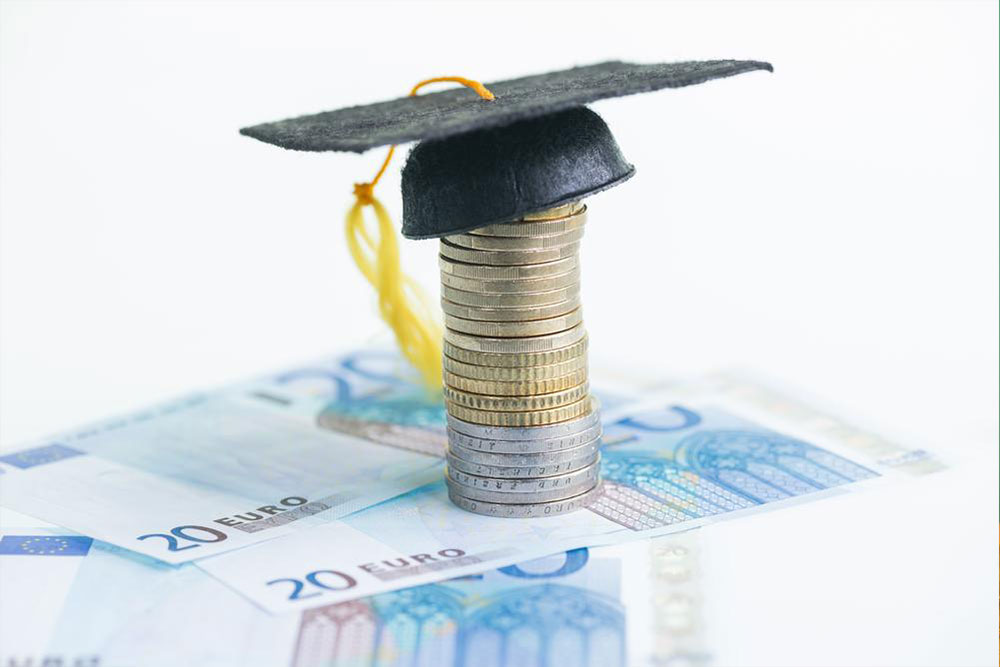Comprehensive Guide to Student Loan Forgiveness Programs and Benefits
This comprehensive guide offers in-depth insights into student loan forgiveness programs, including federal options like Public Service Loan Forgiveness, Teacher Loan Forgiveness, and Perkins Loan Cancellation. It explains how to qualify, apply, and make the most of these benefits to reduce student debt effectively. The article also compares federal and private loans, discusses repayment options, and advises on choosing the best strategies to manage debt responsibly, helping borrowers navigate the complex landscape of student loan forgiveness and repayment plans.

Comprehensive Guide to Student Loan Forgiveness Programs and Benefits
In recent years, student loan debt has become a significant concern for millions of borrowers across the United States. Understanding the various options available for student loan forgiveness can provide substantial financial relief and help individuals manage their debt more effectively. This comprehensive guide explores the key aspects of student loan forgiveness, including federal programs, eligibility criteria, application processes, and other repayment strategies designed to ease the burden of student loans.
The cornerstone of federal student loan forgiveness is the Federal Direct Loan Program, often widely recognized as the William D. Ford Federal Direct Loan Program. Originally established to provide accessible financing for students pursuing higher education, this program also features several forgiveness and repayment options aimed at assisting borrowers in reducing their debt over time. Some refer to this as the Obama Student Loan Forgiveness Program, although its benefits extend well beyond the previous administration. It's important to note that these loan forgiveness benefits are exclusively available for federal student loans; private student loans typically do not qualify unless specific circumstances arise through individual repayment agreements or settlement options.
When pursuing student loans, potential borrowers often consider whether they need a co-signer. While having a co-signer can potentially lower interest rates on private loans, federal student loans do not require a co-signer or parental involvement, allowing students to access essential funds independently. This feature provides greater flexibility for students, particularly those without immediate family assistance or with limited credit history. Private loans, however, typically mandate co-signers—especially for applicants under 21 years old—to mitigate lender risk. It's crucial to understand these distinctions when planning funding strategies for higher education.
Applying for federal student aid involves filling out the Free Application for Federal Student Aid (FAFSA). This essential step determines eligibility for various forms of financial assistance, including federal grants, scholarships, and loans. Federal loans are generally associated with lower interest rates and more generous repayment options, including forgiveness programs. Conversely, private loans often lack these borrower-friendly features and have limited forgiveness opportunities unless specific conditions are satisfied. Borrowers should carefully evaluate their borrowing options and consider federal aid as the primary source of funding to maximize benefits and minimize long-term debt.
In the realm of federal student loan forgiveness, several programs stand out for their potential to significantly reduce student debt:
Public Service Loan Forgiveness (PSLF): This program offers substantial relief for individuals committed to public service roles such as firefighters, teachers, healthcare workers, and government employees. Borrowers working full-time in qualifying public sector jobs can have their remaining federal loans forgiven after 120 qualifying monthly payments, typically made over 10 years. It’s notable that only federal loans are eligible for PSLF, emphasizing the importance of understanding loan types before pursuing forgiveness pathways.
Teacher Loan Forgiveness: Educators working full-time in low-income schools can benefit from this program. After five consecutive years of service, eligible teachers can receive up to $17,500 in loan forgiveness on Direct and Stafford loans. This initiative aims to attract qualified teachers to underserved communities and provide them with financial incentives to continue their service. It’s an effective way for educators to expedite the elimination of their student debt while making a meaningful community impact.
Perkins Loan Cancellation: Students who participate in public service careers such as nursing, firefighting, or other critical roles may qualify for Perkins loan cancellation. After five years of service in eligible fields, borrowers can have up to 100% of their Perkins loans canceled, provided they submit the necessary employment verification documentation. This program underscores the government’s commitment to supporting those who serve society in vital roles.
Beyond these specific forgiveness programs, several repayment plans are designed to accommodate different financial situations.
Income-Driven Repayment (IDR) Plans: These plans tailor monthly payments to the borrower’s income and family size, making debt management more manageable. Under IDR plans like Income-Based Repayment (IBR), Pay As You Earn (PAYE), or Revised Pay As You Earn (REPAYE), any remaining loan balance can be forgiven after 20 to 25 years of consistent payments. This approach prevents borrowers from defaulting and offers long-term relief for those with high debt relative to income.
It’s essential for borrowers to understand the major providers of student loans as they navigate forgiveness options. The top five federal and private student loan providers include the Federal Government, Sallie Mae, PNC, Wells Fargo, and College Avenue. Each institution offers unique loan products and repayment plans, so understanding the specifics of each can help borrowers choose the most suitable strategies for managing their student debt effectively.
In summary, student loan forgiveness programs are powerful tools designed to assist borrowers in alleviating their debt burden, especially for those entering public service careers or working in underserved areas. Applying for federal aid via the FAFSA, understanding eligibility criteria, and exploring repayment options such as income-driven plans or public service forgiveness can significantly impact long-term financial stability. Borrowers are encouraged to stay informed about changes in policies and leverage available resources to make the most of student loan forgiveness benefits, guiding them toward a debt-free future.





